The cob horse is a versatile and hardy breed that has been a beloved companion of humans for centuries. Known for its strength, gentle nature, and adaptability, the cob has played a vital role in agriculture, transportation, and leisure activities. In this article, we will delve into the history, characteristics, uses, and significance of the cob horse, shedding light on its enduring appeal and contributions to various aspects of human life.
Origins and History
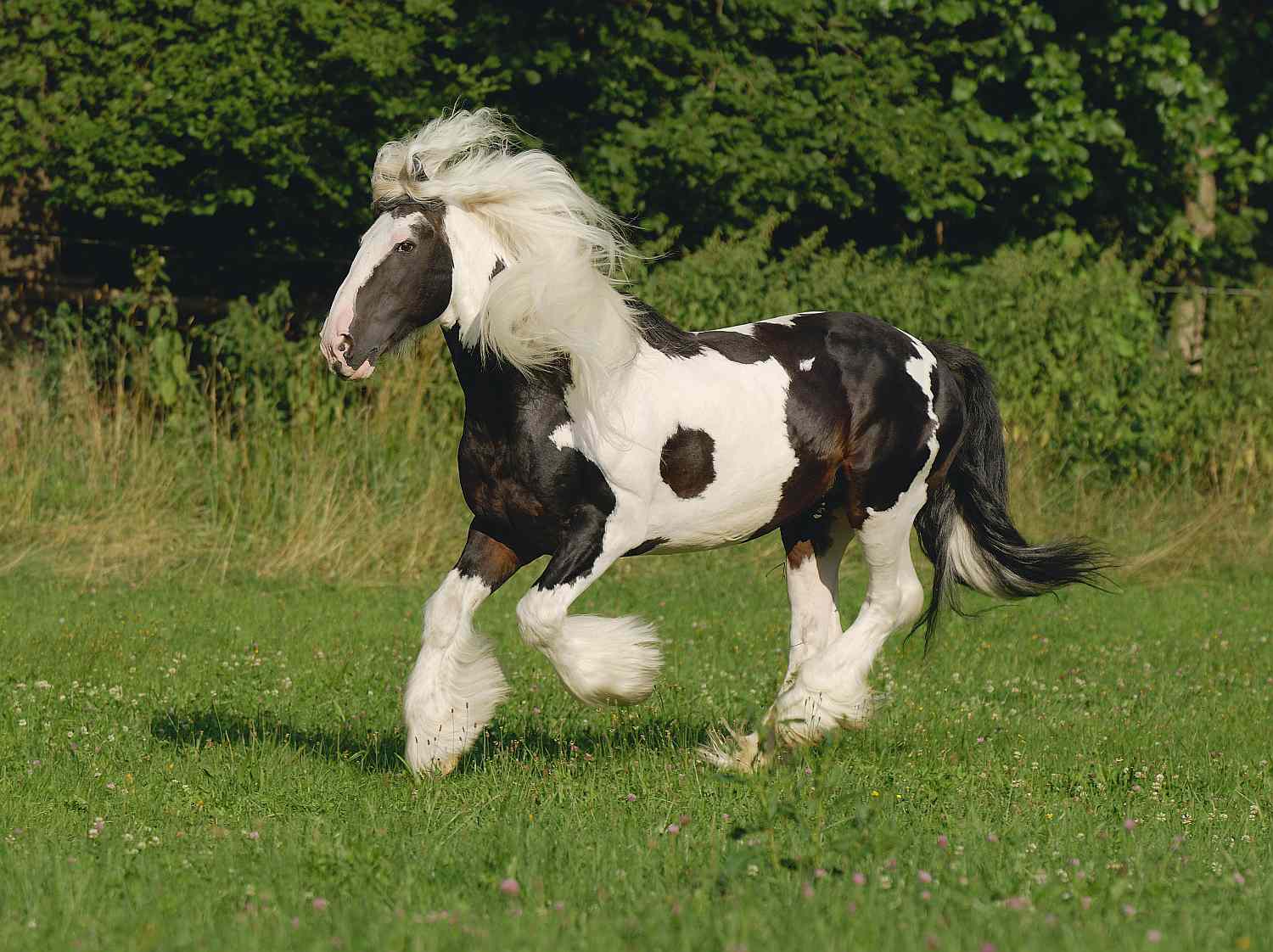
The cob horse has a rich and storied history, with its origins dating back to medieval Europe. The term “cob” originally referred to a sturdy, short-legged horse of small to medium build, often used for carrying heavy loads and pulling carts. Over time, the cob breed evolved to encompass a broader range of characteristics, including a strong, muscular build, a kind temperament, and a willingness to work.
In the United Kingdom, cobs were commonly found in rural areas, where they were valued for their versatility and reliability. They were used for plowing fields, pulling wagons, and transporting goods to market. In addition to their role in agriculture, cobs were also used for recreational riding and driving, making them popular among both working farmers and leisure riders.
Distinctive Characteristics
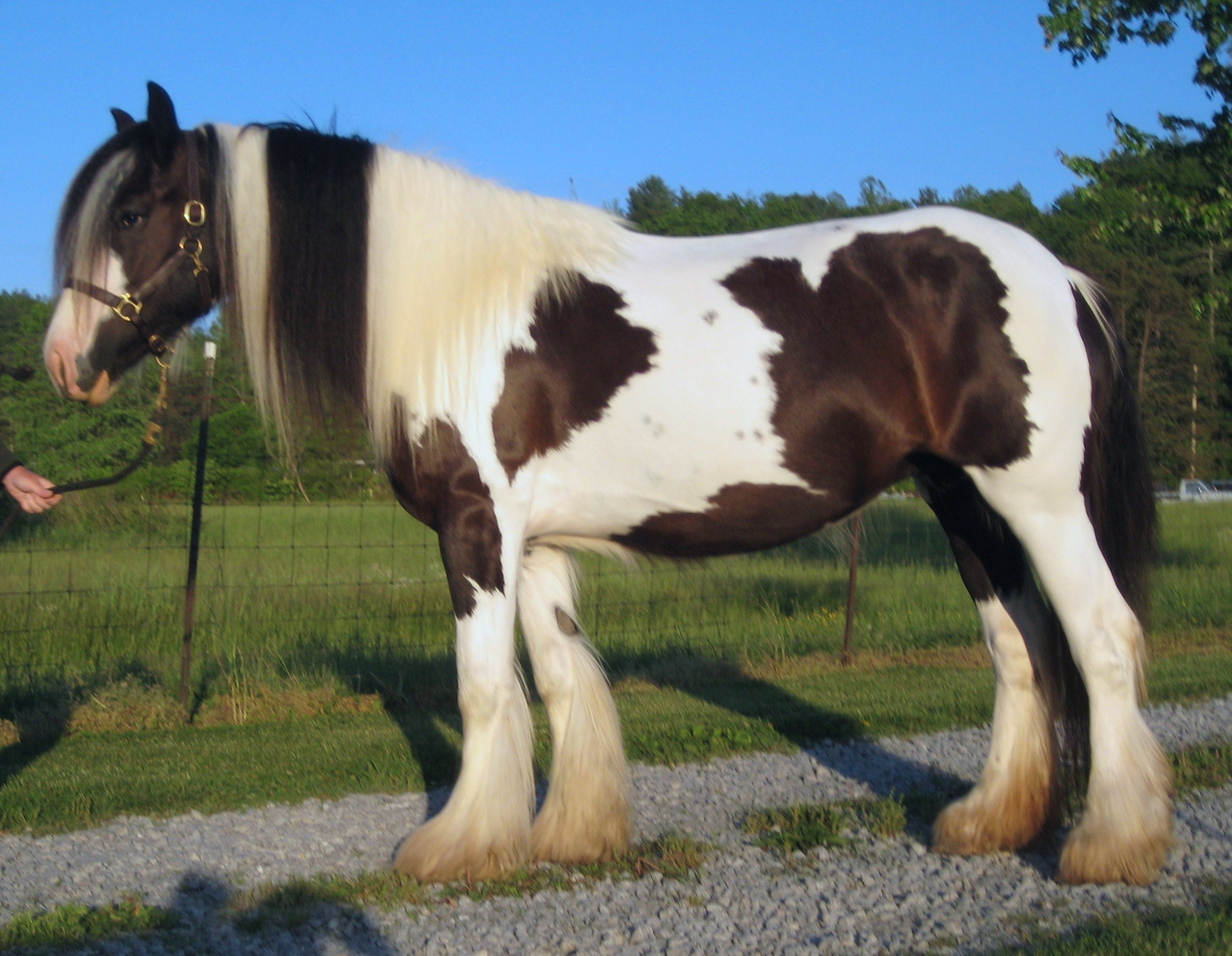
The cob horse is known for its distinctive physical characteristics, which set it apart from other equine breeds. Typically standing between 14 and 15.2 hands high, cobs are compact and well-muscled, with a strong, short-coupled body and a broad chest. Their strong legs and sturdy hooves enable them to carry heavy loads and navigate uneven terrain with ease.
One of the most notable features of the cob is its abundant feathering, which refers to the long, silky hair that grows on the lower legs, particularly around the fetlocks. This feathering is a hallmark of many cob breeds and adds to their striking appearance. Cobs also have a kind and intelligent expression, with expressive eyes and a gentle demeanor that endears them to riders and handlers alike.
Types of Cob Horses
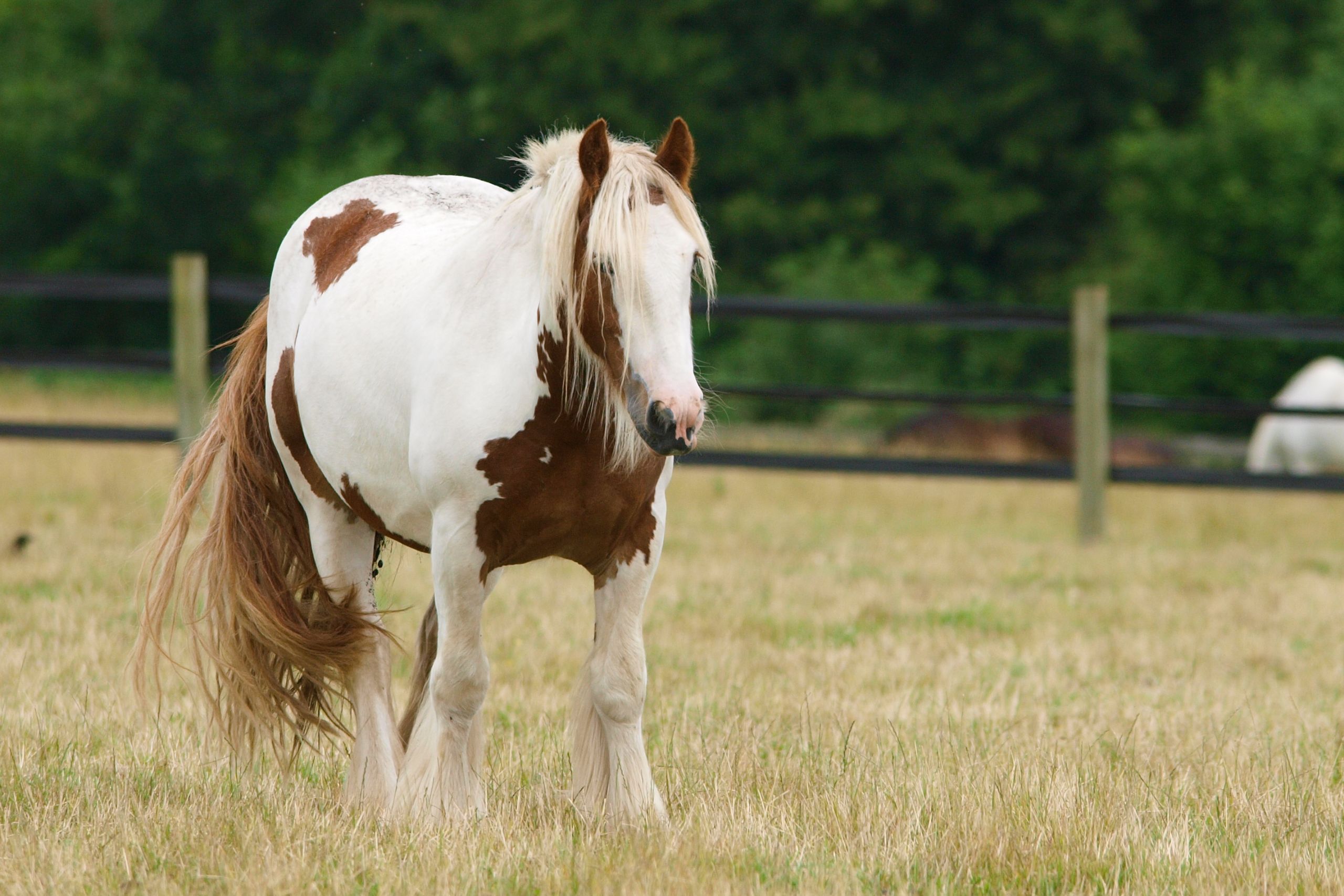
There are several distinct types of cob horses, each with its own unique characteristics and attributes. The traditional cob, often referred to as a “weight-carrying cob,” is a strong, solidly built horse with a calm and steady temperament. These cobs excel in carrying heavy riders and pulling carts or carriages, making them well-suited for agricultural work and transportation.
Another popular type of cob is the gypsy vanner, a breed known for its striking appearance and colorful coat patterns. Gypsy vanners are often used for driving and pleasure riding, and their friendly, sociable nature makes them a favorite among equestrians and enthusiasts.
In addition to traditional and gypsy vanner cobs, there are also sport cobs, which have gained popularity in competitive disciplines such as dressage, show jumping, and eventing. These athletic cobs combine strength and agility with a willing attitude, making them versatile performers in the show ring and on the cross-country course.
Uses and Applications
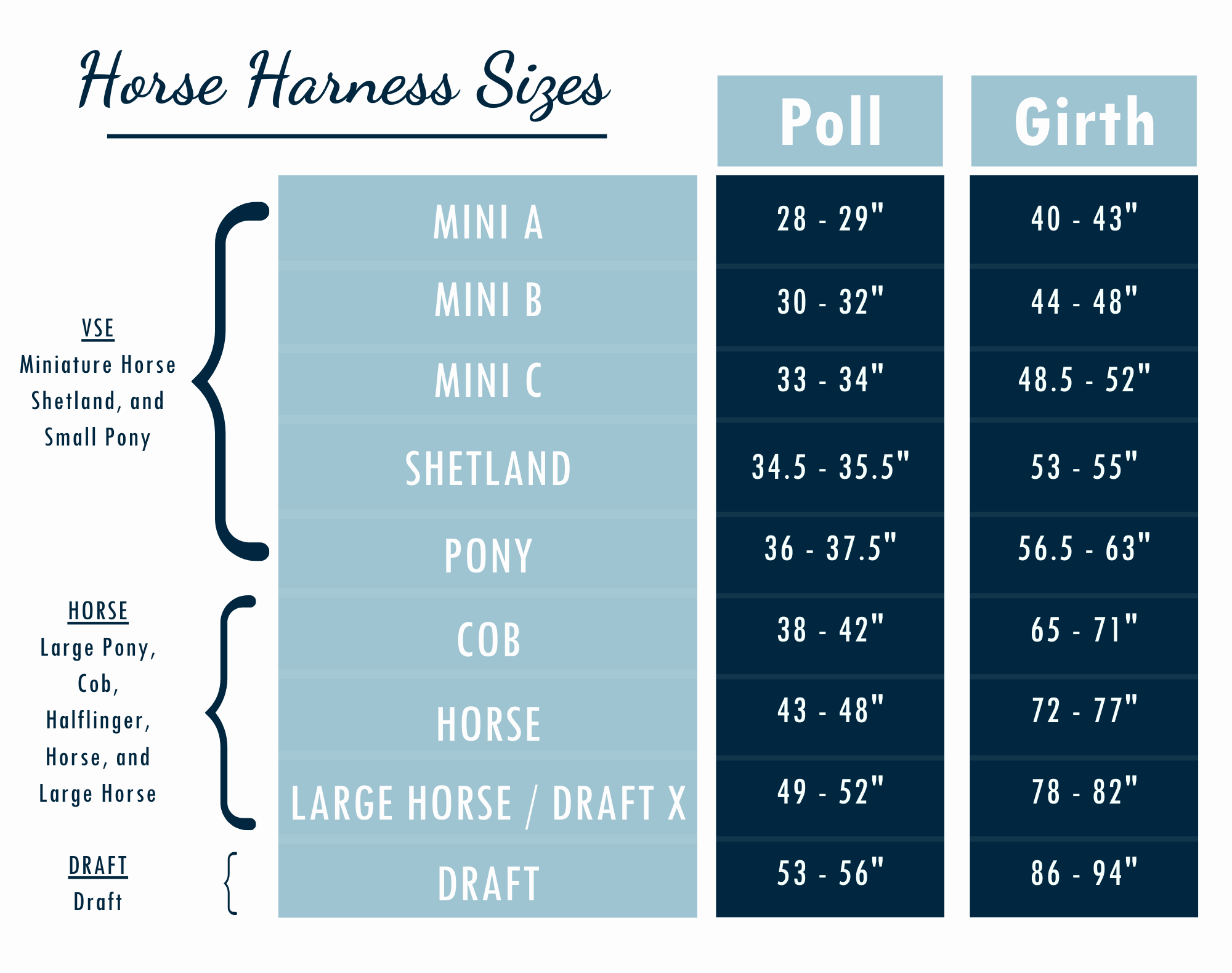
Cob horses have been valued for their versatility and adaptability throughout history, and their uses span a wide range of activities and disciplines. In agricultural settings, cobs have been indispensable for plowing fields, pulling agricultural machinery, and transporting goods to and from market. Their strength and endurance made them essential partners in the daily tasks of farm life.
Beyond their role in agriculture, cobs have also been utilized for recreational riding, driving, and competitive sports. Their steady, reliable nature and comfortable gaits make them well-suited for pleasure riding and long-distance trekking. In addition, their willingness to work and trainable nature have made them successful competitors in a variety of equestrian disciplines, including dressage, show jumping, and driving events.
Modern-Day Significance

In the modern era, cob horses continue to play a significant role in various aspects of equestrian life. While their traditional uses in agriculture have diminished with the advent of mechanized farming, cobs remain popular for pleasure riding, driving, and competitive sports. Their loyal and amiable nature, combined with their strength and versatility, make them ideal companions for riders of all ages and experience levels.
Cob horses are also valued for their therapeutic qualities, with many individuals and organizations using them as therapy animals for individuals with physical, emotional, or developmental challenges. Their calm, gentle demeanor and innate ability to connect with humans make them effective partners in equine-assisted therapy programs, where they provide comfort, support, and healing to those in need.
Conservation Efforts
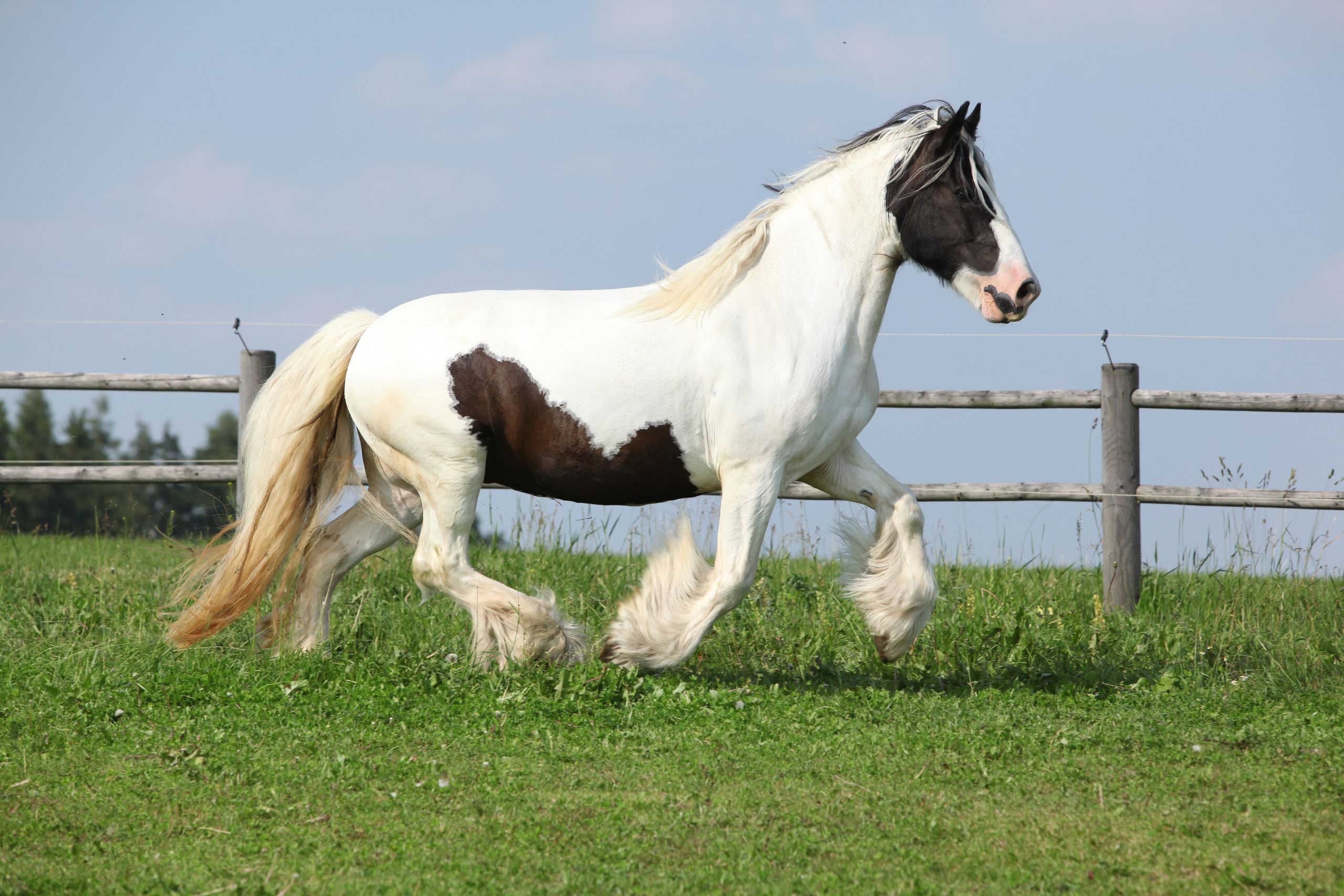
Despite their enduring popularity and historical significance, cob horses face challenges related to conservation and preservation. As agricultural practices have evolved and mechanization has become more prevalent, the demand for traditional working cobs has declined. This has led to a decrease in the population of some cob breeds, raising concerns about their long-term survival and genetic diversity.
In response to these challenges, efforts are underway to conserve and promote cob horses, ensuring that these valuable and beloved breeds continue to thrive for future generations. Breed organizations, enthusiasts, and conservationists are working to raise awareness of cob breeds, preserve their genetic diversity, and support sustainable breeding practices that maintain the unique characteristics and qualities of cobs.
Curious about different horse breeds? Explore our articles on OTTB horses, POA horses, and KWPN horses to learn more about the fascinating world of equine breeds!
Conclusion
The cob horse holds a special place in the hearts of equestrians and enthusiasts around the world. With its rich history, distinctive characteristics, and enduring significance, the cob exemplifies the timeless partnership between humans and horses. From its humble origins as a working farm horse to its modern-day roles in leisure riding, competitive sports, and therapy, the cob continues to captivate and inspire with its strength, versatility, and gentle spirit. As we look to the future, it is essential to recognize and preserve the heritage of cob horses, ensuring that these remarkable breeds continue to enrich our lives and connect us to the enduring legacy of the equine world.



